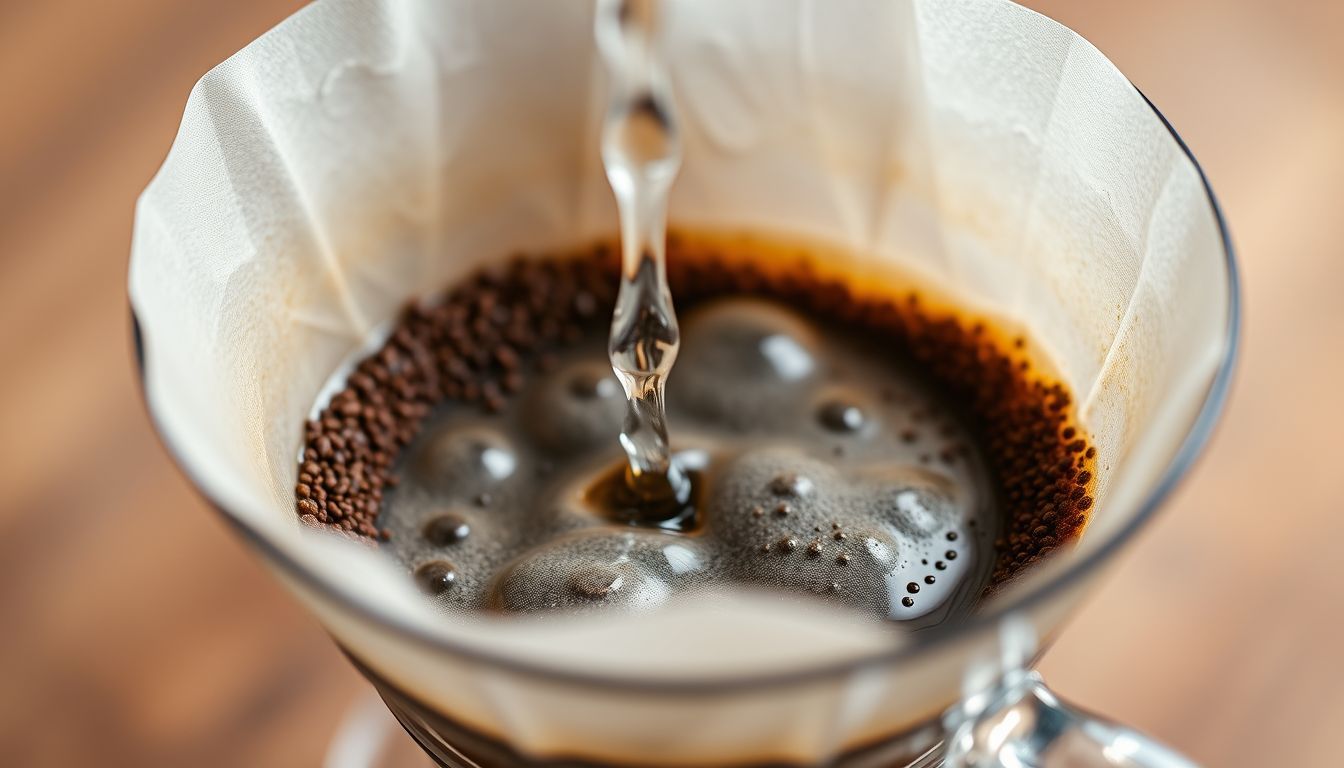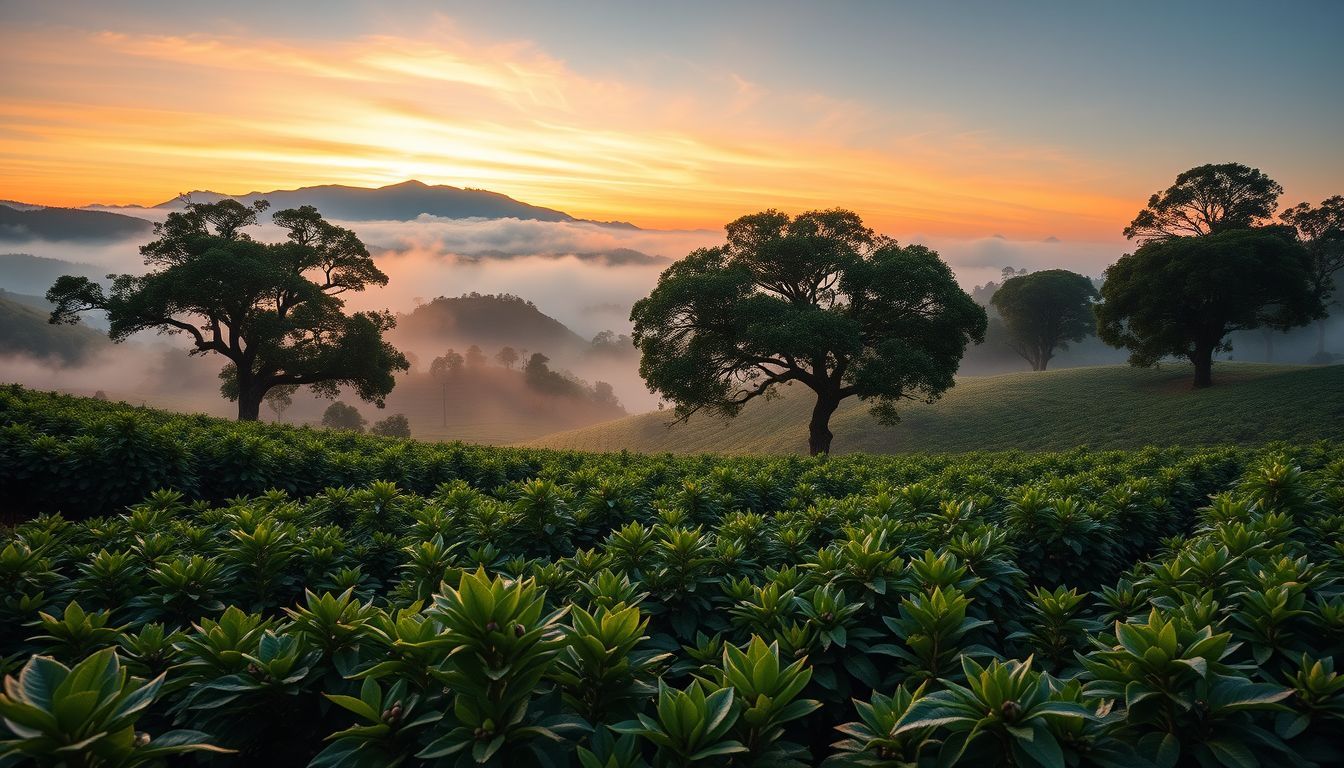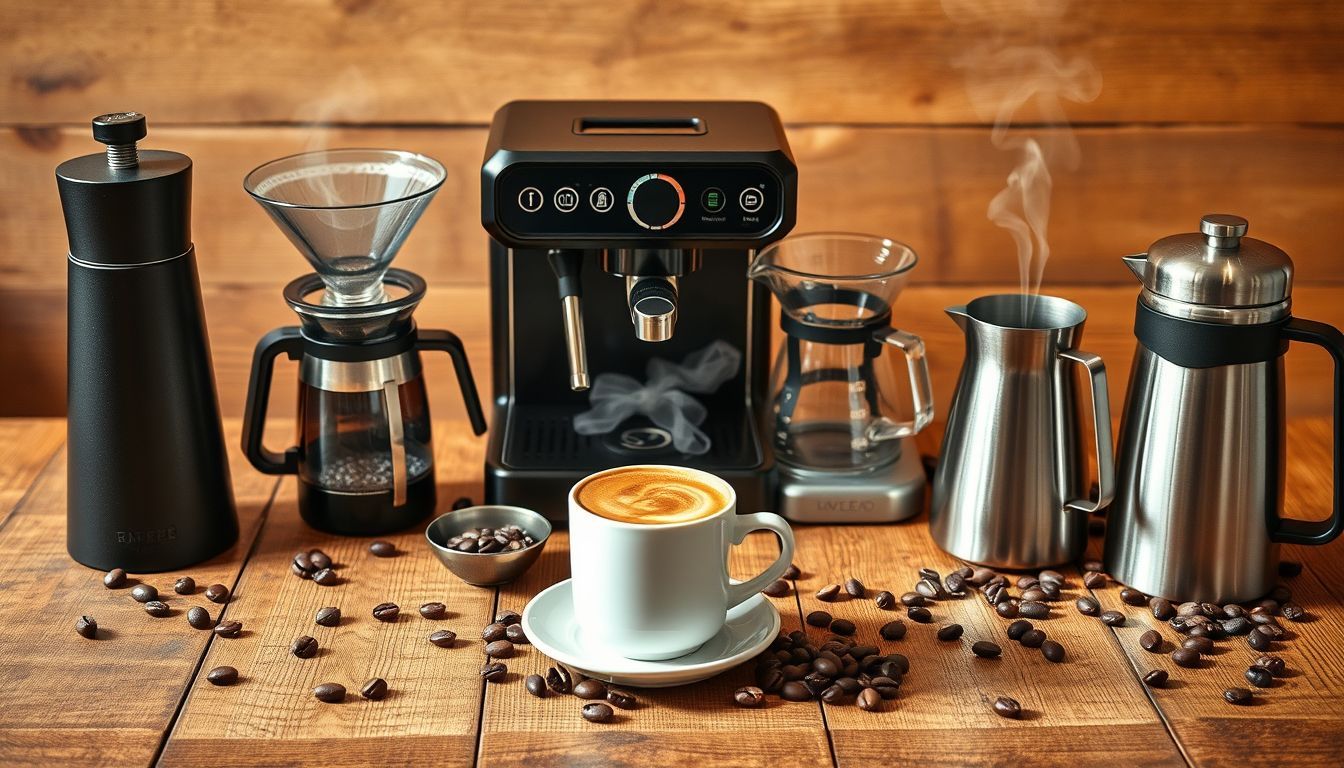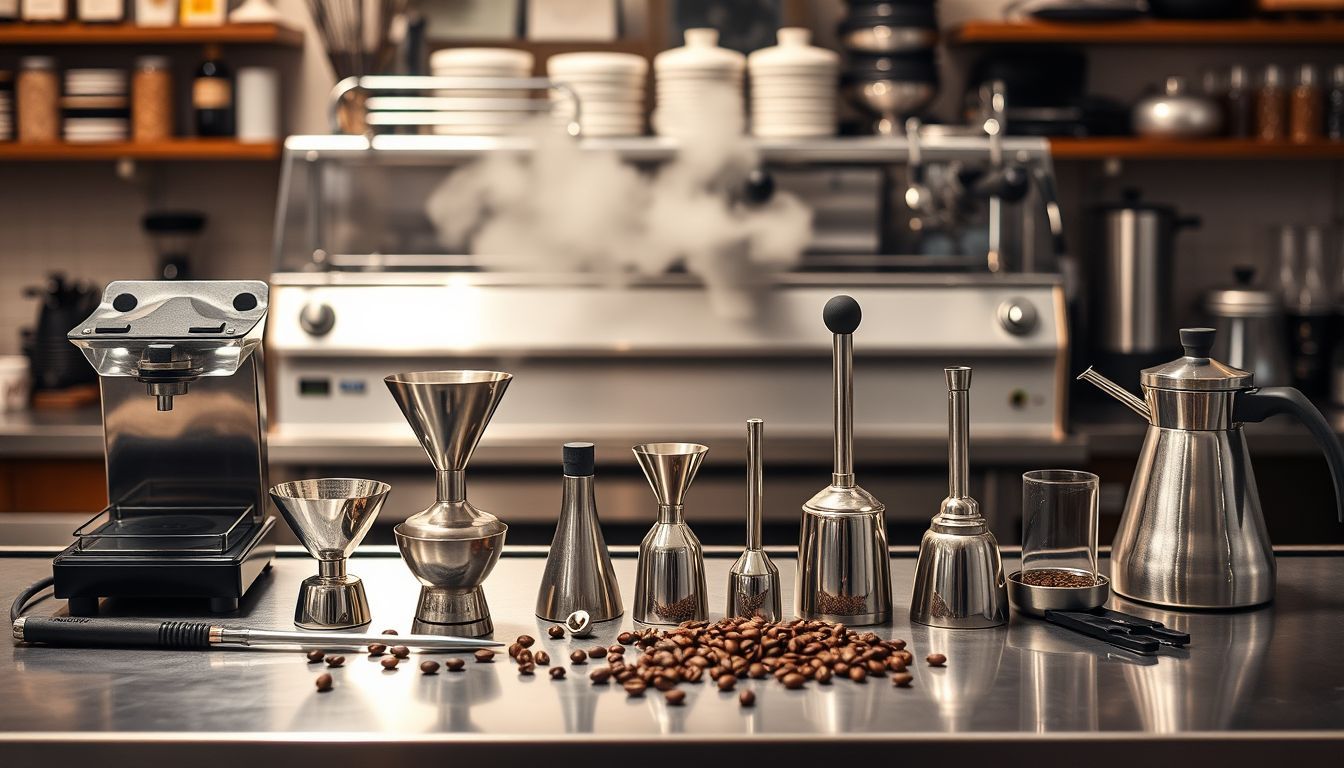The Science Behind Coffee Blooming: Unlocking Richer Flavors and Better Extraction
Discover how the blooming process in coffee brewing releases trapped gases, ensuring even extraction and enhancing flavor profiles for a superior cup.

Amazon Affiliate Disclosure
This post contains affiliate links. If you purchase through these links, we may earn a small commission at no additional cost to you.
The Science Behind Coffee Blooming: Unlocking Richer Flavors and Better Extraction
Introduction
As a seasoned barista, I've often been asked about the bubbling and expansion that occurs when hot water first meets coffee grounds. This phenomenon, known as "blooming," is more than just a visual spectacle; it's a crucial step in brewing that can significantly influence the flavor and quality of your coffee. In this post, we'll delve into the science behind coffee blooming, exploring how it affects extraction and how you can master this technique to elevate your brewing game.
What Is Coffee Blooming?
The Basics of Blooming
Blooming refers to the initial phase in coffee brewing where hot water is poured over freshly ground coffee, causing the grounds to release carbon dioxide (CO₂) gas. This release results in noticeable bubbling and expansion of the coffee bed. The process is particularly prominent with freshly roasted beans, which retain higher levels of CO₂.
The Chemistry Behind the Bloom
During roasting, coffee beans undergo complex chemical reactions, including the Maillard reaction, which develops their flavor and aroma. A byproduct of these reactions is CO₂, which becomes trapped within the bean's cellular structure. When hot water contacts the grounds, it dissolves the CO₂, causing it to escape rapidly, leading to the characteristic bloom.
Why Is Blooming Important?
Enhancing Flavor Extraction
Allowing coffee to bloom serves several critical purposes:
1. Degassing: Releasing CO₂ prevents it from creating a barrier between water and coffee grounds, ensuring that water can extract flavors more effectively.
2. Even Saturation: Blooming promotes uniform wetting of the coffee bed, reducing the risk of channeling where water bypasses some grounds, leading to uneven extraction.
3. Flavor Clarity: Proper blooming helps in extracting the coffee's full flavor profile, resulting in a balanced and nuanced cup.
Factors Influencing the Bloom
Coffee Freshness
Freshly roasted coffee beans contain more CO₂, leading to a more vigorous bloom. As beans age, they lose CO₂, resulting in a less pronounced bloom. Therefore, using beans roasted within the last two to four weeks is ideal for optimal blooming.
Grind Size
The size of your coffee grounds affects the bloom:
- Fine Grind: Releases gas quickly but can lead to over-extraction if not managed properly.
- Coarse Grind: Slower gas release, which may require a longer bloom time to achieve even extraction.
Water Temperature
Water temperature plays a significant role in blooming. The optimal range is between 195°F and 205°F (90°C to 96°C). Water that's too hot can over-extract, while too cool water may under-extract, both leading to subpar flavors.
How to Bloom Coffee Properly
Step-by-Step Guide
1. Measure and Grind: Use a scale to measure your coffee beans and grind them to the appropriate size for your brewing method.
2. Heat Water: Bring water to the optimal temperature range of 195°F to 205°F.
3. Pre-Wet the Grounds: Pour a small amount of hot water (about twice the weight of the coffee grounds) over the coffee bed to saturate it evenly.
4. Wait for the Bloom: Allow the coffee to bloom for 30 to 45 seconds. You'll observe bubbling and expansion as CO₂ escapes.
5. Continue Brewing: After the bloom, proceed with your regular brewing process, pouring the remaining water slowly and evenly.
Tips for Different Brewing Methods
- Pour-Over: Pour water in a circular motion to ensure even saturation during the bloom.
- French Press: While blooming is less critical, allowing a short bloom can still enhance flavor.
- AeroPress: Blooming can improve extraction; pour water, stir, and let it bloom before pressing.
Common Mistakes to Avoid
- Skipping the Bloom: Omitting this step can lead to uneven extraction and a flat flavor profile.
- Incorrect Water Temperature: Using water outside the optimal temperature range can hinder proper blooming and extraction.
- Inconsistent Grinding: Uneven grind sizes can cause irregular blooming and extraction.
Conclusion
Understanding and implementing the blooming process is a simple yet effective way to enhance your coffee brewing. By allowing CO₂ to escape and ensuring even saturation of the coffee grounds, you set the stage for a more balanced and flavorful cup. Whether you're a novice or a seasoned coffee enthusiast, paying attention to this crucial step can make a significant difference in your daily brew.
References
- The Science Behind Coffee Blooming: Why It Matters for Your Brew - Cappuccino Oracle
- The Hows and Whys of Blooming Coffee - Serious Eats
- The Science Behind Blooming in Coffee Makers - CoffeeCherish
- Coffee Blooming: Are You Missing Out? - Espresso Insiders
- French Press Coffee Bloom: Does It Really Make a Difference? – Robust Kitchen
- Why The Coffee Bloom is Important - Pebble & Pine
- The Science of Coffee Blooming in Pour-Over Brewing - CoffeeCherish
- How Do You Properly Bloom Coffee for the Best Flavor? - Quick Sip Coffee
- Coffee Bloom Explained: What Is It And Why Does It Matter? - Coffee About
- Coffee Blooming: What Is It And Why It Matters? - Emergent Brew
- How Do You Properly Bloom Coffee for the Best Flavor? - Quick Sip Coffee

Marcus Thorne
As a journalist, I learned that the truth is often buried under layers of misinformation and time. As a novelist, I get to do the digging. Whether it's a forgotten event from the Cold War or a present-day conspiracy, I build my stories on a foundation of fact, inviting you to question what you think you know.


